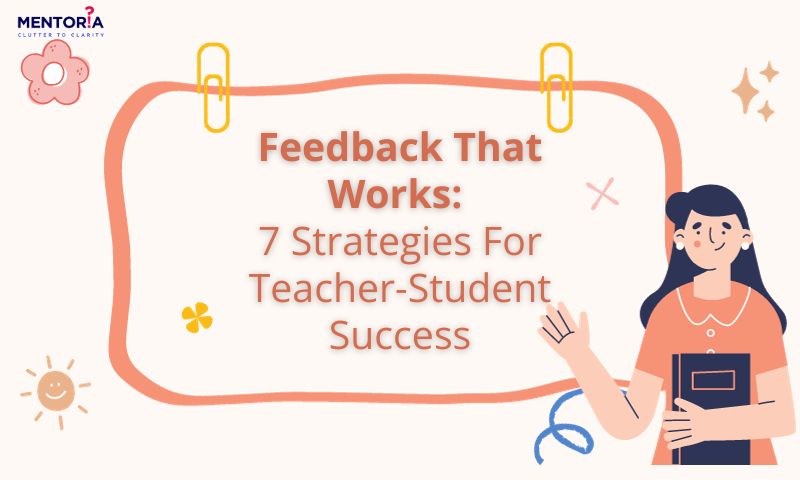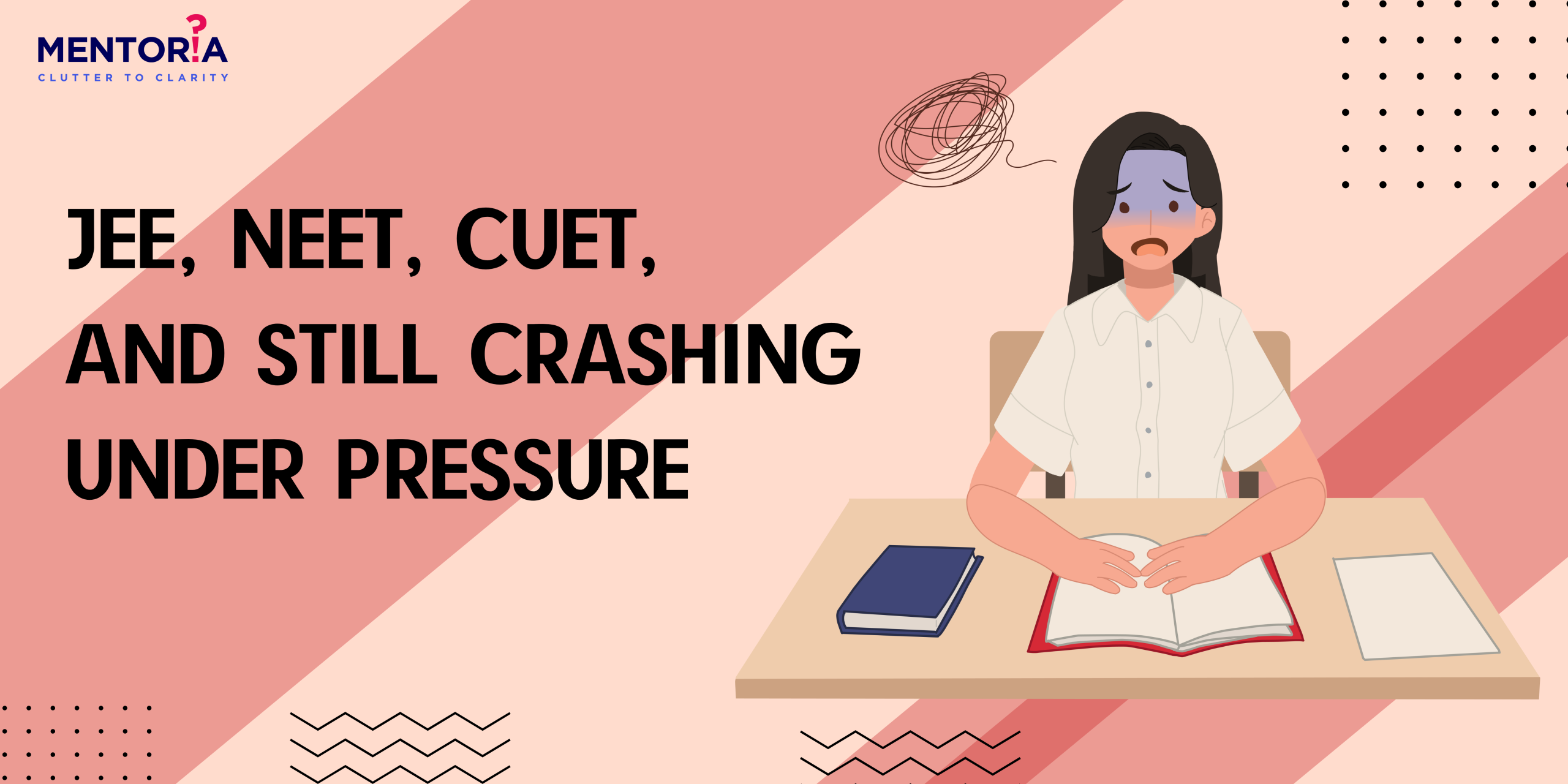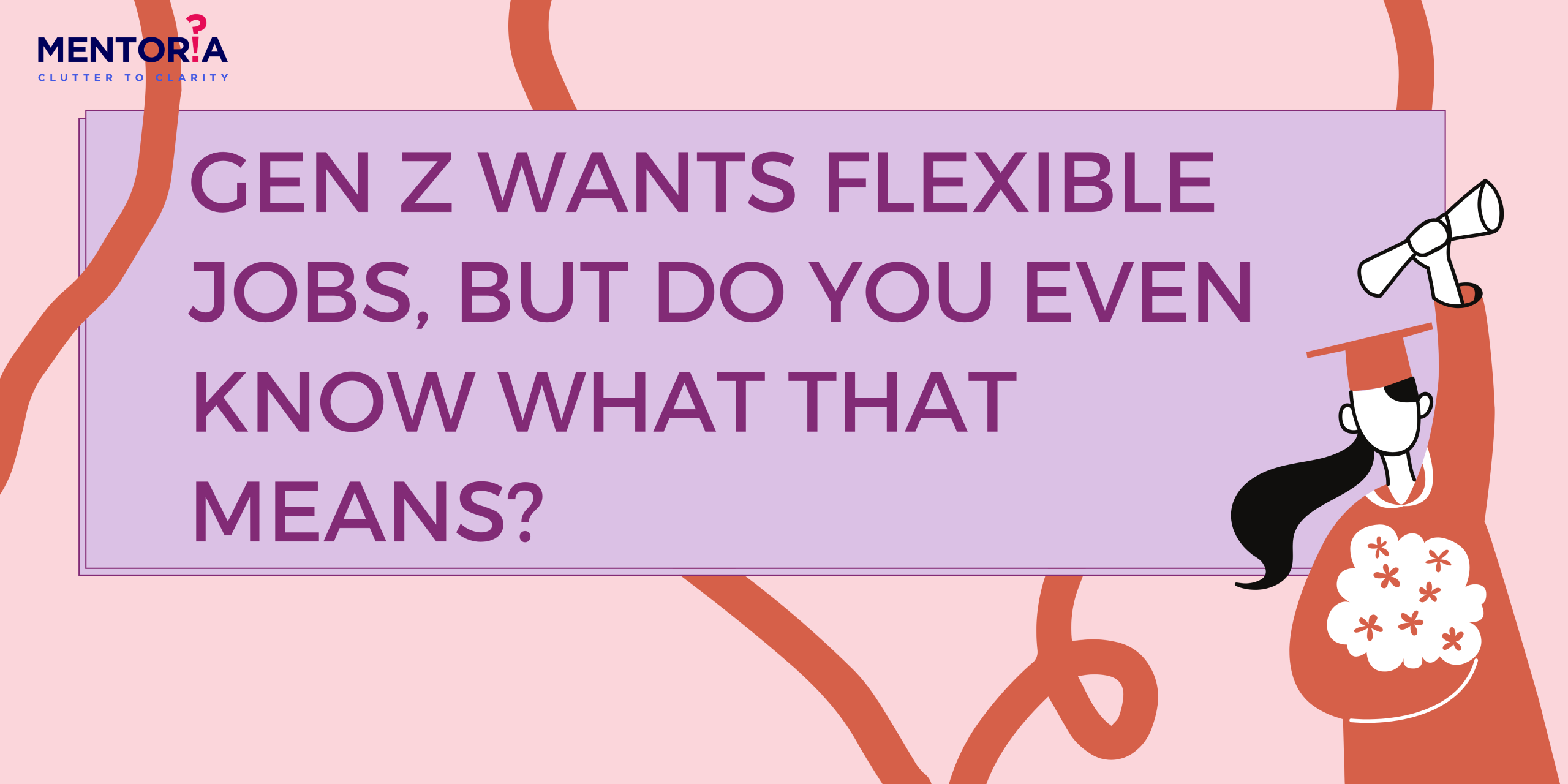Feedback That Works: 7 Strategies For Teacher-Student Success

In the world of education, providing feedback to students is like sharing a secret recipe for success. It’s that special ingredient that can transform a bland, ordinary dish into a mouthwatering masterpiece. Feedback helps students grow, learn, and excel in their academic journey. But, here’s the kicker: providing effective feedback is an art, not a science. It’s not just about jotting down a few comments on a paper or giving a quick pat on the back. It’s about connecting with your students, understanding their needs, and guiding them to reach their full potential. So, whether you’re a seasoned educator or a newbie in the teaching world, this is gonna be handy for you! In this blog, we’ll explore seven simple yet super effective ways to provide feedback to your students. These strategies will help you become the master chef of education and leave a lasting impression on your students’ minds.
7 Simple Ways To Give Feedback
The Power Of Specific Praise
We often hear about the importance of constructive criticism, but what about the power of specific praise? When students receive feedback, it’s crucial to highlight what they’ve done well. It’s not just about saying, “Good job,” but rather, “I love how you structured your essay with a compelling introduction, supporting evidence, and a strong conclusion. Your use of vivid language made it engaging.”
This specific praise not only boosts a student’s self-esteem but also reinforces their good practices, encouraging them to repeat those positive behaviours. Research conducted at Stanford University highlighted that students who received specific praise for their efforts showed increased motivation and perseverance in their studies.
Encourage Self-Reflection
One of the less explored methods of providing feedback is encouraging self-reflection. Instead of merely telling a student what they did right or wrong, ask them to evaluate their work themselves. This can be done through questions like, “What do you think went well in your project, and what could you improve?” or “How did you feel about your performance in that test?”
By prompting self-reflection, you empower students to become more self-aware and take ownership of their learning process.
Feedforward, Not Just Feedback
Now, this is an interesting twist. While feedback focuses on past performance, “feedforward” looks to the future. It’s all about offering suggestions and guidance for improvement, rather than dwelling on past mistakes. A study from the University of Edinburgh showed that students who received feedforward were more likely to take proactive steps to improve their work.
For example, instead of saying, “You missed several grammar errors in your essay,” you could say, “In your next essay, pay attention to grammar by proofreading your work carefully.” This forward-looking approach motivates students to take action to improve.
Audio Feedback For A Personal Touch
Text-based feedback is common, but have you considered providing audio feedback? Recording your voice while giving feedback can make the communication more personal and engaging. It adds a human touch to the otherwise dry written comments.
Students can hear the sincerity in your voice, and it’s easier to convey nuances and tone that might be lost in written feedback. Just a simple voice note can go a long way in making the feedback process more interactive.
The Art Of ‘I Noticed’ Feedback
To provide feedback in a less confrontational and more empathetic manner, try using “I noticed” statements. For example, instead of saying, “You need to work on your time management,” you can say, “I noticed that you seem to have a lot on your plate, and it might be affecting your time management.”
This approach shifts the focus from criticism to understanding and support. It also encourages students to open up about their challenges and seek solutions together.
Visual Feedback: The Power Of Annotations
When giving feedback on written assignments or projects, consider using visual annotations. Tools like Adobe Acrobat or even simple handwritten notes can help you highlight specific areas that need improvement or provide visual cues that enhance comprehension.
Visual feedback is particularly beneficial for visual learners and those who find it easier to grasp concepts through images and diagrams.
Peer Feedback: A Student-Centred Approach
Last but certainly not least, let’s talk about peer feedback. This student-centred approach involves students providing feedback to their peers. It not only lightens the teacher’s workload but also fosters a sense of responsibility among students for their own learning.
To make peer feedback more effective, establish clear guidelines and criteria. Consider using peer feedback as a tool for collaborative learning, where students can learn from each other’s strengths and weaknesses.
Mentoria: Nurturing Students For Success
In the pursuit of effective feedback, it’s essential to acknowledge the role that personalised guidance and mentorship can play in a student’s life. Mentoria, a leading platform in the education industry, understands the importance of meaningful interactions between students and mentors. Our mentors are well-equipped to provide constructive feedback, career advice, and holistic support to students. They have the expertise to guide students on their academic journey and beyond.
Remember, effective feedback is not just about academic improvement; it’s also about fostering personal and professional growth. Mentoria is committed to helping students flourish in both areas, making their educational experience fulfilling and rewarding.









